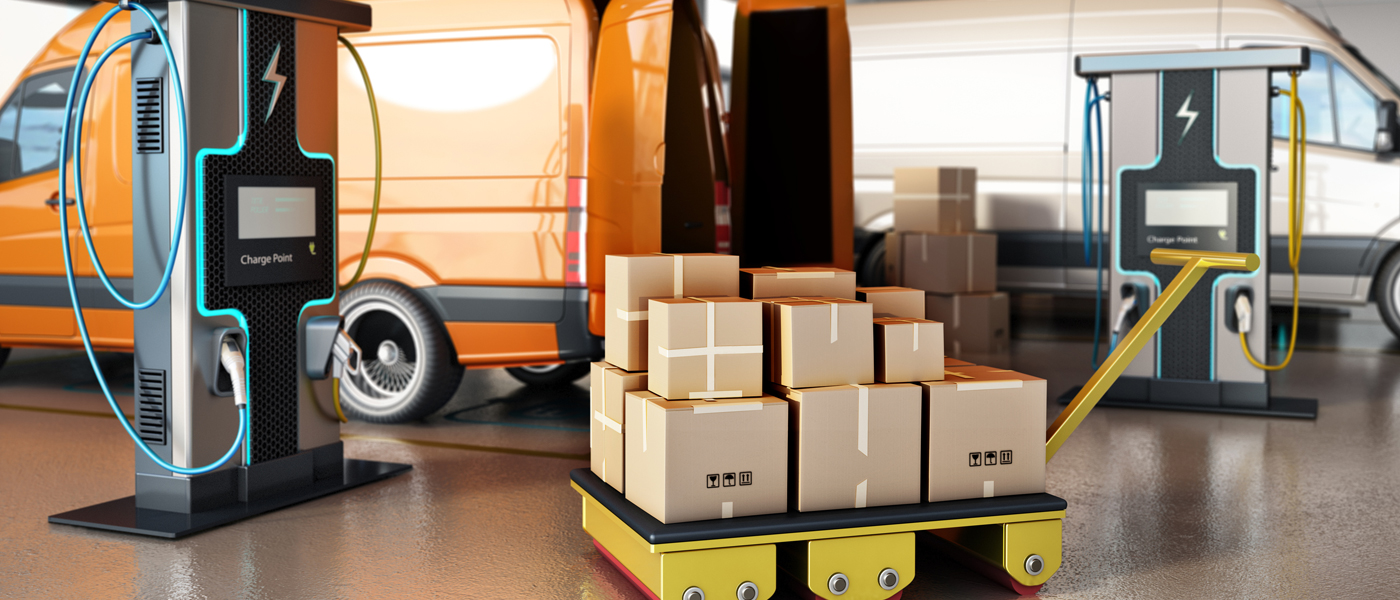Last Mile Delivery and Innovations
- September 4, 2023
- Blog
 In supply chain logistics, the final stage is the last-mile delivery which is the most critical, complex and expensive leg of the entire supply chain. With tech advancements, experts want to push boundaries forward and explore groundbreaking delivery methods for the ultimate customer experience.
In supply chain logistics, the final stage is the last-mile delivery which is the most critical, complex and expensive leg of the entire supply chain. With tech advancements, experts want to push boundaries forward and explore groundbreaking delivery methods for the ultimate customer experience.
As per recent statistics, the global Last-Mile Delivery for the E-commerce market was worth USD 38.5 million in 2021 and is projected to grow at a CAGR of 12.1% over the forecast period, reaching USD 76.5 million by 2027.
Today’s clients need shorter delivery times, real-time tracking and seamless experience which is the driving force behind logistics companies to provide innovative ideas to optimise their last-mile operations using cutting-edge solutions like drones and robots.
Let’s look at the current and future trends in last-mile delivery that are disrupting the supply chain logistics:
Drones: Trustworthy speed and precision
Drones, also known as Unmanned Aerial Vehicles (UAVs) have showcased their flexibility and usefulness across multiple industries. Drones are gaining importance, as they can easily bypass traffic congestion and other ground-level hindrances that certainly reduce delivery time. Equipped with a GPS, drones can seamlessly & safely navigate to delivery locations with minimum risk of loss or damage to the parcel.
Researchers claim that delivery at ground level is five times faster than the conventional methods.
Drones are big on sustainability as they have considerably emit smaller carbon footprint when compared with traditional delivery vehicles.
Autonomous delivery robots: Paving way for excellence
Autonomous delivery robots are an efficient tool for urban deliveries. They easily operate at a lower cost and eliminate the requirement of human drivers and fuel, hence businesses can reduce cost on labour and operational expenses.
The accessibility that autonomous delivery robots can provide in navigating narrow streets is certainly a challenge for a traditional delivery vehicle. With autonomous robots, businesses can reach customers to the remotest locations as the robots can sense and avoid obstacles and manage a safe delivery of the consignment.
Smart lockers: Ensure safe delivery
The smart lockers are a convenient answer for last-mile deliveries through which a centralized location for customers is provided to pick up their packages. The lockers are easily installed in public places, office buildings and in apartment complexes which allows customers to pick up their packages whenever convenient.
The smart lockers are smart with unique access codes and security cameras and ensure only the intended recipient can have access to the package. The businesses adopting smart lockers have been able to reduce delivery costs as they can deliver consignment at a single location for multiple customers.
Electric vehicles
The last-mile delivery is a perfect fit to showcase the ability of electric vehicles to use defined routes with predictable schedules. Many supply chain logistics companies are electrifying their fleets to ensure environment-friendly delivery on shorter routes.
The main benefit of using electric vehicles in last-mile deliveries is the reduction in pollutants and minimum fuel usage. With EVs, logistics companies can reduce operational costs and contribute towards sustainability.
The closing statement
As said earlier, the last-mile delivery methodology is growing rapidly with innovations and creative concepts, tech is revolutionizing the way businesses deliver goods to their customers.
With the advent of digitalization and automation in logistics, businesses are embracing last-mile delivery innovations to stay competitive in the market. With many innovations being created around last-mile delivery, its landscape is evolving with cutting-edge technologies that are assisting in delivering the consignment securely and conveniently. These last-mile delivery innovations are not only exceeding customer expectations but also reducing costs and enhancing operational excellence.



